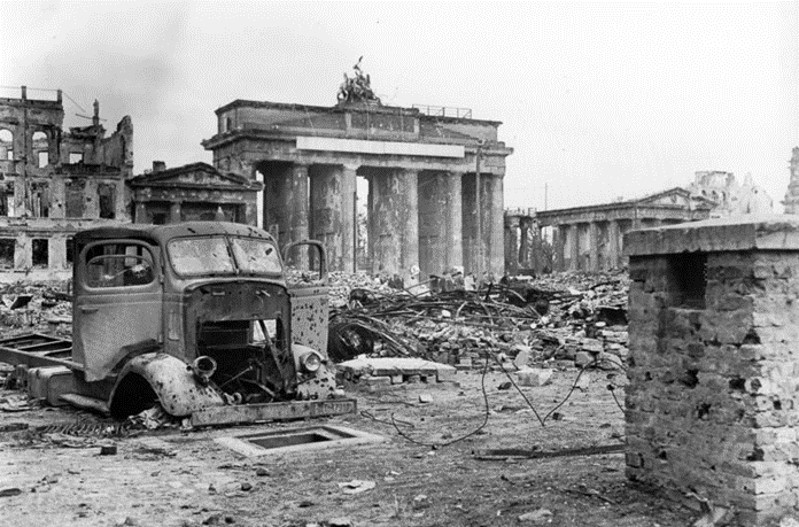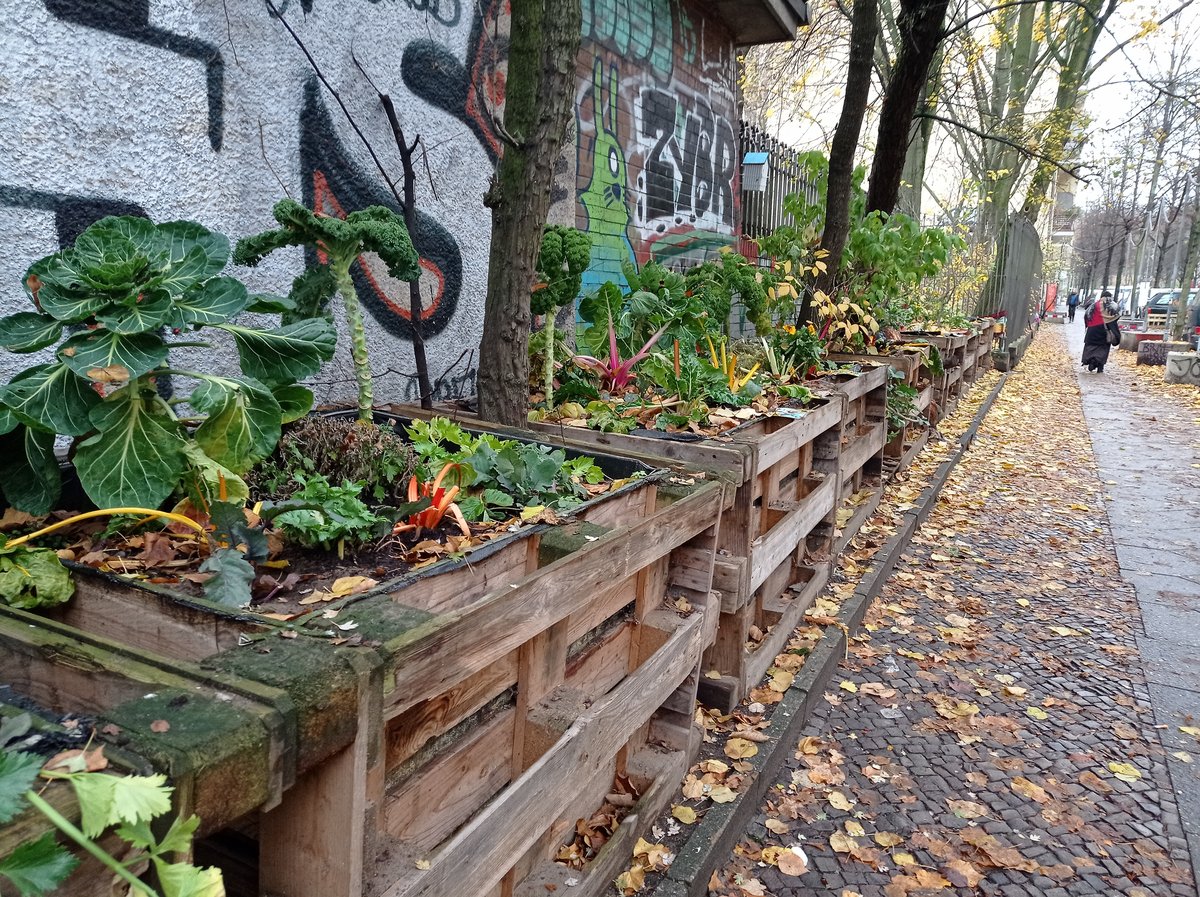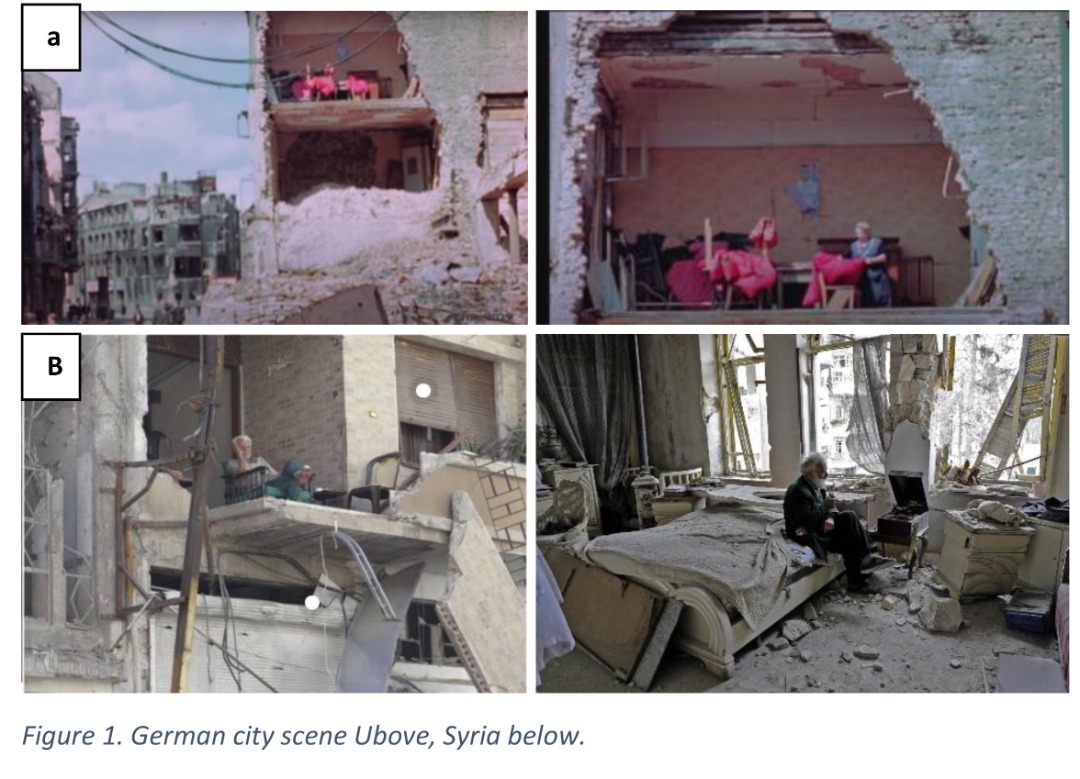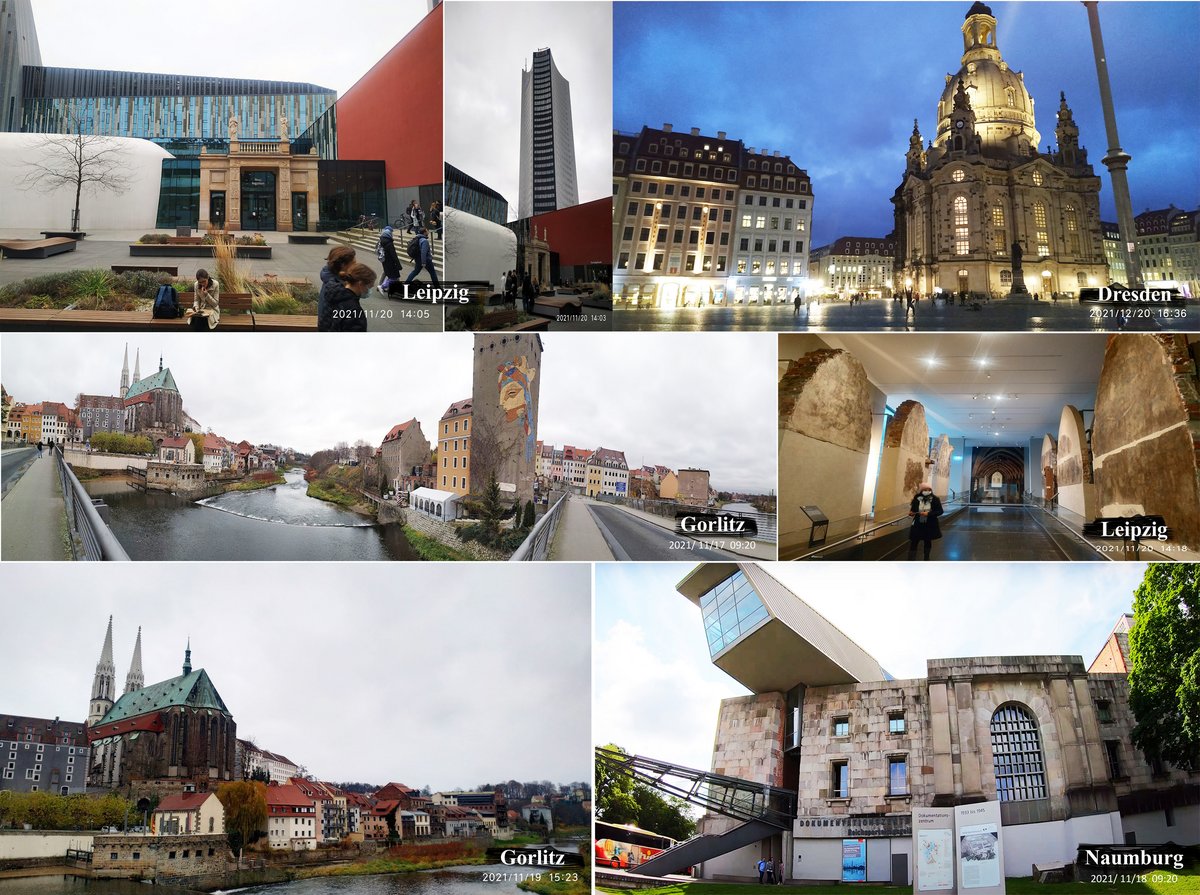2022 Fellows
Research Stay of two young academics for the year 2022 will take place between October until December 2022.
2021 Fellows
Dr. Mounir Sabeh Affaki
Ph.D. in Architecture
Postdoctoral Researcher at the Czech Technical University in Prague (CVUT)
Abstract:
Armed conflicts drastically alter the image of the city and its socio-urban dynamics. Complete neighbourhoods are wiped off leaving people in a traumatic shock. Public spaces become charged with traumatic memories and the sense of place disturbed. A sense of abnormality emerges and a longing for normality prevails. Post-war reconstruction may address this context with different approaches. In this light, this presentation aims to examine some examples of post-war interventions in German public spaces to highlight and discuss their reconstruction approaches and how, consequently, urban memory is shaped. These are: The Neumarkt in Dresden, Pariser Platz, Bibliothek Memorial, and Memorial to the Murdered Jews in Berlin. The presentation tackles concepts of conservation and restoration and reminds of key debates on reconstruction that are fuelled with personal preferences, nationalistic tendencies, and political agendas. These issues continue to be relevant nowadays as we face similar challenges and ideologies. Therefore, the presentation aims to highlight similarities and possible links and associations with the Syrian context and encourage brainstorming and interaction among the audience.

Diana Salahieh
M.SC. in Landscape Planning and Landscape Architecture
Abstract:
Berlin is an urban laboratory that explores ingenious and exemplary strategies in urban planning. The post-WWII reconstruction dynamics greatly impacted how the city functions today. For years, urban planners have admired this idiosyncratic city for its bottom-up alternative urban regeneration approaches that have emerged and transformed the urban and social fabric of a post-conflict city into a model of a creative and vibrant urban landscape. The intention of this one-month research stay at B-TU was to explore German urban planning approaches that centered around concepts of flexibility, user-based, and informality. In specific, the exploration focused on such approaches that evolved from the post-war dynamics i.e. the squatting movement and the temporary use strategy of empty plots. Within this one-month time frame, walking was used as a research tool to allow for an experiential understanding of the urban landscape of Berlin. Walks were semi-organized, ensuring the exploration of specific buildings, spaces, and neighborhoods that had a significant role in the post-war processes (i.e. Kreuzberg, Mauerpark, Kunsthaus Tacheles), but also allowing for spontaneous meandering and interactions with the urban setting. While the walks revealed a variety of how people appropriate space in their surroundings, it was very important to understand that many of these spaces had elaborated processes between public and private stakeholders that shaped them into what they are now and what they could become. This brief research was able to shed light on the complexity of the alternative urban planning strategy of flexible and temporary use. While the benefits seem immediate at first, it does not provide a sense of stability or guarantee that spaces will maintain the appropriate need for its users; however, it was very inspiring to study the integration of such a participatory planning process, in particular, the changing role of the planner//architect from the ‘visionary designer to the strategist’ and the strong will and resilience of German urban residents to be part of shaping their urban environment. Finally, this research opportunity was a preliminary reflection on how such urban planning concepts could unfold and manifest in the current dynamics of the post-war reconstruction of Syrian cities.

Sonia Ibrahim
Ph.D. Candidate at Marcel Breuer Doctoral School of Architecture
Research Fellow at Szentágothai Research Centre, PECS, HUNGARY
Abstract:
“Warfare has the potential to revise historical and cultural sites as well as create new ones. In conflicts as in war, people reinvent themselves and reconstruct their identities.” (Grodach 2002). Historical cities around the world are part of our collective memory and identity. However, after witnessing the scale, persistence, and nature of destructive events of cultural heritage in recent times because of wars and sometimes disasters, the historical cities have become battlefields. They have been radically reshaped through the destruction of their cultural, social, and built environment, there are examples from Syria, Afghanistan, and Yemen. Therefore, the research-stay investigated the concept of revival of historical city centers affected by war. The research recognizes that in the last century, the concept of revitalization after conflicts is no longer confined to determining the reconstruction only mechanisms but has exceeded the process to provide support for the transition from conflict to peace, through revitalizing the country socially and economically and identifying heritage as a catalyst for reconciliation and recovery. However, the lack of decision-making methodologies and strategies of reconstruction after wars caused a large size of destruction and sabotage in world heritage cities. Furthermore, in Syria, despite the dire situation, the International Organization for Migration states that about one in ten Syrian refugees is returning home. The United Nations High Commissioner for Refugees predicts that hundreds of thousands of refugees may soon voluntarily return to their devastated homeland. The fear is that this will happen without any prior planning, especially since the Syrian crisis may be relatively unique in terms of its size and the difficulty of predicting its trajectories. That will lead to problems in reviving cities and people leaving the country again. Due to this gap, the research identified lessons learned from the German experiences, in reviving historical cities’ centers after the war. The study is based on onsite field observation in different cities, and interviews with experts, supported by the researcher's accumulated experience in the field of post-war conservation and rehabilitation.
The main case studies were: 1. Gorlitz the city which has a declining population, 2. Leipzig is the most populous city in the German state of Saxony, 3.Dresden the city with “collective amnesia”, and 4. Naumburg isa city scarred with buildings stigmatized as “Nazi buildings”. In addition, during my research stay, I had the privilege to attend different courses about cultural heritage preservation. Specifically, in Prof. Dr. Johanna Blokke’s lectures about “Architectural Conservation, Heritage in context”, debates about rebuilding post-conflict cities and conservation were presented. One of my intakes from lectures is about Georg Dehio, accepting losses concept, and his “Emperor speech” in which he said, “Do not restore, but rather conserve”. This speech reflects significantly on the recovery of Syrian cities. In 1905 Georg Dehio said ‘The spirit only lives on through transformation, it can never be forced back into the snakeskin it has shed”. However, I can argue that now the mistakes of forcing back spirits are still repeated in war-torn cities like Mosul in Iraq where “The Spirit of Mosul” project is going. The lectures are a unique experience to understand conservation through history and try to reflect on the Syrian context.
In addition to attending lectures, on-site observation in different historical city centers was done. The first city I visited was Gorlitz, the historical city of “Ghosts”, where a bridge divided one community and scarred the city forever. A lesson learned from this city where the transformation of the city center into only touristic attractions and its museumization played a crucial factor in the abandonment of the city and the fact that it is not desirable for locals (based on interviews with inhabitants).
The second city in my research was Leipzig, an economic center, that is rated as the most livable city in Germany by the GfK marketing research institution. In this city, I found the similarity to Aleppo before the war, as Leipzig was a trade city, and is now one of the most vital cities. The historic commercial center is revived through a mix of traditional and modern trade. The creation of the educational use with the construction of the Paulinum gave the city vibrancy and life. Furthermore, the city in 1989 played a significant role in precipitating the fall of communism in Central and Eastern Europe and the memory of the demonstrations that started from St. Nicholas Church was alive through the descriptions of many tour guides leading touristic groups through the city's commercial center.
The third city was Dresden, the city of “collective amnesia”, where no traces of war are recognized. If you have an expert eye, you can check traces in the rebuilding of the Frauenkirche where the traces of new and old stones were kept apparent.
The fourth city was Naumburg, a city scarred with buildings stigmatized as “Nazi buildings”. This city reminded me of Al Raqqa in Syria, a city stigmatized as the capital of ISIS. I entered the city with fear, however, this stigma vanished after seeing the beautiful replicas of medieval city architecture. The reuse of the former party rally ground of the Nazi party as a documentation center takes the visitor on a journey to discover how people ended up following the extremism. This reusage teaches an important lesson in reusing stigmatized buildings in reconciliation and giving knowledge to future generations. “We can learn from the past but people need to be reminded”. I learned about the making of Nazi architecture into heritage, while facing a city that was revived against any stigma. Even though after the war 90% of the city was destroyed, the medieval style of the city was kept in the recovery process.
The research resulted in basic conclusions about the complex layers in the abandonment of cities. I had questions about what could create a sense of belonging and encourage the idea of coming back? And what is the role of architecture and planning in this? The study emphasized that the historic city should be viewed not only as a unity of architectural monuments and supporting fabric but also as a complex layering of meanings and values (economic, social, pieces of evidence of history, and identity). Furthermore, I found that the debate over what urban heritage is, as well as how it is preserved, reinvented, and appropriated by contesting social actors, contributes not only to claim-making but to the creation of a sense of community and the development of a shared identity that shields the community from ongoing caste-based social and economic exclusion and marginalization. The memory of the place, the city's history, and the complex layers of identities that create the future cannot be ignored in war contexts. We cannot rebuild like the war did not happen and the German cities after seventy-seven years of the Second World War can teach us about what should be done and what should be avoided in reviving Syrian historical cities after the conflict.


